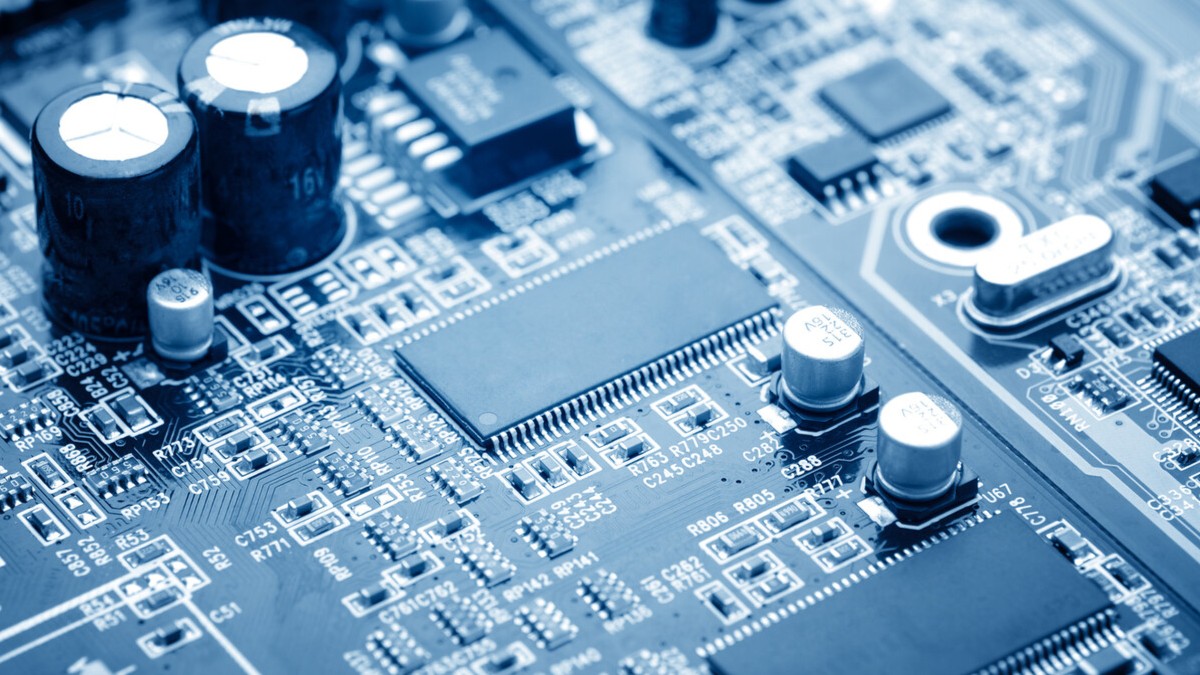As medical devices move toward intelligence and wearability, printed circuit boards (PCBs) have become a core foundation. Medical-grade PCBs must not only meet stringent safety and reliability standards, but also leverage technologies such as rigid-flex boards, Lab-on-PCB, and Parylene coatings to achieve miniaturization, functional integration, and biocompatibility. These advancements elevate PCBs from mere circuit carriers to key platforms driving smart healthcare.
As medical devices continue to evolve toward greater intelligence, miniaturization, and wearability, the role of printed circuit boards (PCBs) is also advancing. With their inherent precision and reliability, PCBs have become central to a wide range of critical medical equipment. Today, they are extensively used in devices such as pacemakers, MRI machines, and CT scanners: in pacemakers, PCBs ensure continuous and stable cardiac monitoring; in MRI and CT imaging systems, they handle high-speed processing and transmission of high-resolution signals. In the field of wearable health monitors, PCBs enable real-time collection of physiological data and enhance care efficiency through wireless transmission. By supporting complex and compact circuit designs, PCBs have become an indispensable foundation of modern medical technology.
The Rigorous Demands of Medical-Grade PCBs: Standards, Materials, and Reliability
To apply PCBs in medical devices that remain in long-term contact with the human body, both design and manufacturing must undergo a series of rigorous validations. First, medical-grade PCBs must comply with relevant regulations and safety standards, such as FDA requirements in the United States and the IEC 60601 standard for medical device safety, to ensure functional stability and user safety. At the same time, most manufacturers adopt the ISO 13485 quality management system and achieve IPC Class 3 high-reliability certification to guarantee that circuit boards can withstand the harshest testing conditions.
When it comes to materials, substrates and conductive layers must be non-toxic, corrosion-resistant, and commonly made with RoHS-compliant eco-friendly materials. For applications involving direct contact with the human body, an additional medical-grade protective coating—such as FDA-approved Parylene film—is applied to effectively isolate body fluids and chemicals, minimizing potential risks.
In addition, medical PCBs must pass a series of environmental and durability tests, including vibration, bending, thermal cycling, and damp-heat testing, to ensure long-term, failure-free operation. Within the industry, it is widely accepted that reliability in medical applications is non-negotiable—a single failure could lead to data inaccuracies or even endanger patient lives.
Notably, experimental studies have confirmed that commercial PCB solder masks exhibit good biocompatibility. In retinal tissue culture tests, the solder mask showed no toxic reactions, indicating that with appropriate protective coatings, PCBs can indeed be safely applied in specific biomedical systems.
Three Breakthroughs Powering Medical PCBs: Rigid-Flex, Lab-on-PCB, and Parylene
- Rigid-Flex PCBs
To address the need for space efficiency and high reliability, the industry widely adopts rigid-flex PCB technology. This structure integrates rigid and flexible boards into a single substrate, eliminating a large number of connectors and cables while significantly enhancing both electrical and mechanical performance. Leading PCB companies note that with the growing demand for miniaturized electronic components, rigid-flex PCBs have become a key enabler for wearable and implantable medical devices. Their ability to bend and conform to the body’s curves makes them especially suitable for implantable devices such as pacemakers, neurostimulators, and insulin pumps—saving space, reducing connection failures, and ensuring long-term stable operation.
- Lab-on-PCB (Microfluidic Lab-on-a-Chip)
Lab-on-PCB technology integrates microfluidic channels, sensors, and control circuits into a single PCB, essentially creating a “miniaturized laboratory on a circuit board.” Leveraging the mature mass-production foundation of the PCB industry, this approach inherently offers scalability at low cost. Researchers point out that processes such as PCR amplification, biosensing, and rapid test analysis can all be automated on a microfluidic PCB, making it a vital platform for point-of-care diagnostic devices. By using standard PCB manufacturing techniques, Lab-on-PCB significantly reduces production costs, enabling faster and more widespread adoption.
- Parylene Coating Protection
For applications involving direct contact with the human body, Parylene coating is the most common protective solution. Applied through chemical vapor deposition (CVD), this uniform thin film is FDA-approved for use in long-term implantable devices. Parylene is non-toxic, biologically stable, and highly insulating, providing effective barriers against body fluids, moisture, and chemicals, while its Teflon-like lubricity reduces friction and tissue response. Studies have confirmed its excellent biocompatibility, which is why Parylene is widely used as a surface coating for pacemaker electrodes, catheters, and implantable sensors. Beyond extending device lifespan, it also enhances patient safety.
Shaping the Future Together: PCBs as the Multifunctional Foundation of Smart Healthcare
When rigid-flex PCB design brings innovation in space utilization and structural reliability, Lab-on-PCB technology integrates microfluidics and signal processing into a scalable platform, and Parylene coatings provide safe protective interfaces, the role of PCBs in medical devices becomes increasingly indispensable. Together, these technologies enable PCBs not only to withstand the rigorous demands of biocompatibility but also to evolve into the “multifunctional physical foundation” of smart medical hardware. From implantable devices and surgical instruments to diagnostic equipment and wearable sensors, all stand to benefit directly from these advancements. Looking ahead, as manufacturing processes advance and application cases continue to grow, the role of PCBs in healthcare will become even more critical, collectively driving the ongoing wave of intelligent medicine.



.jpg)










.jpg)